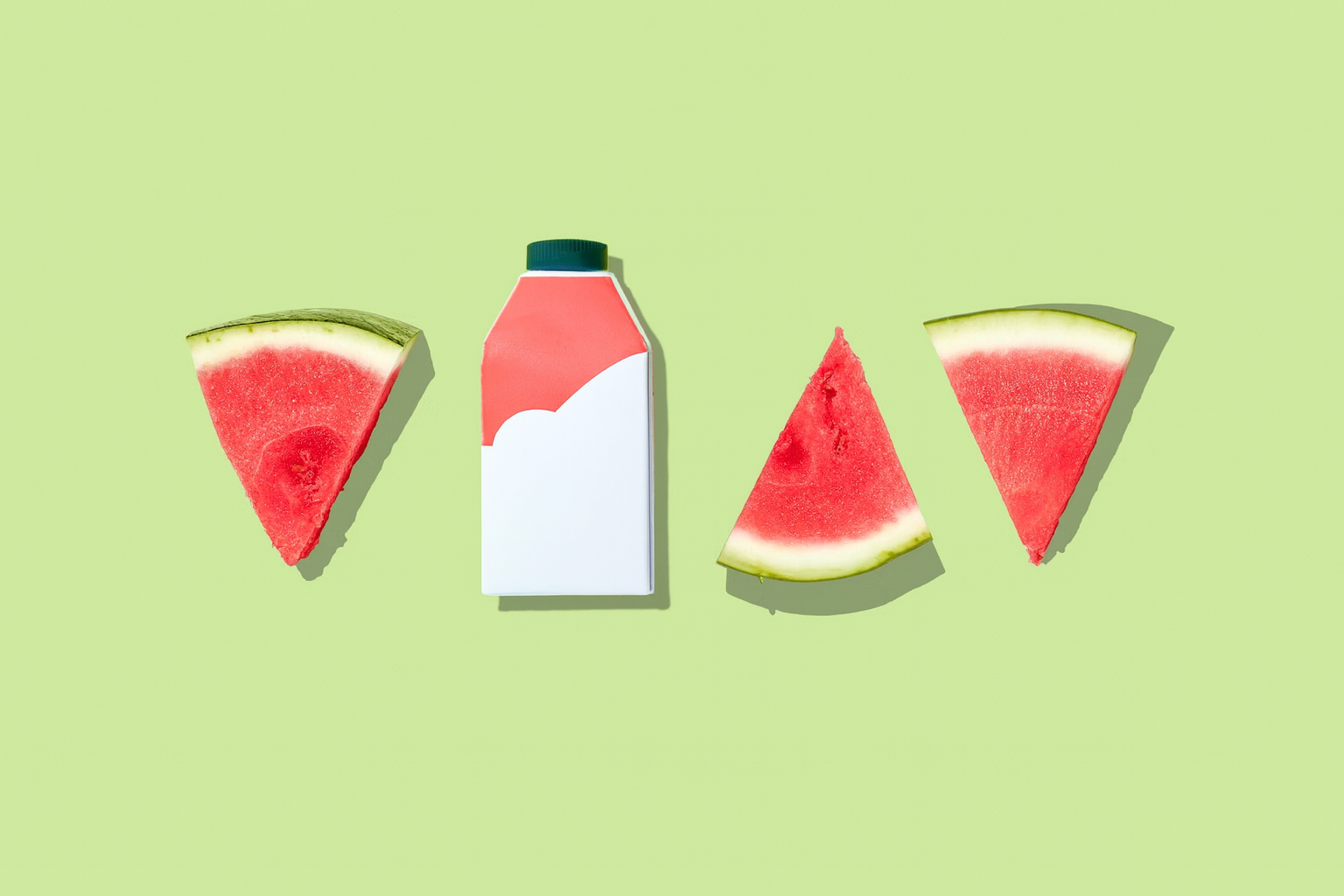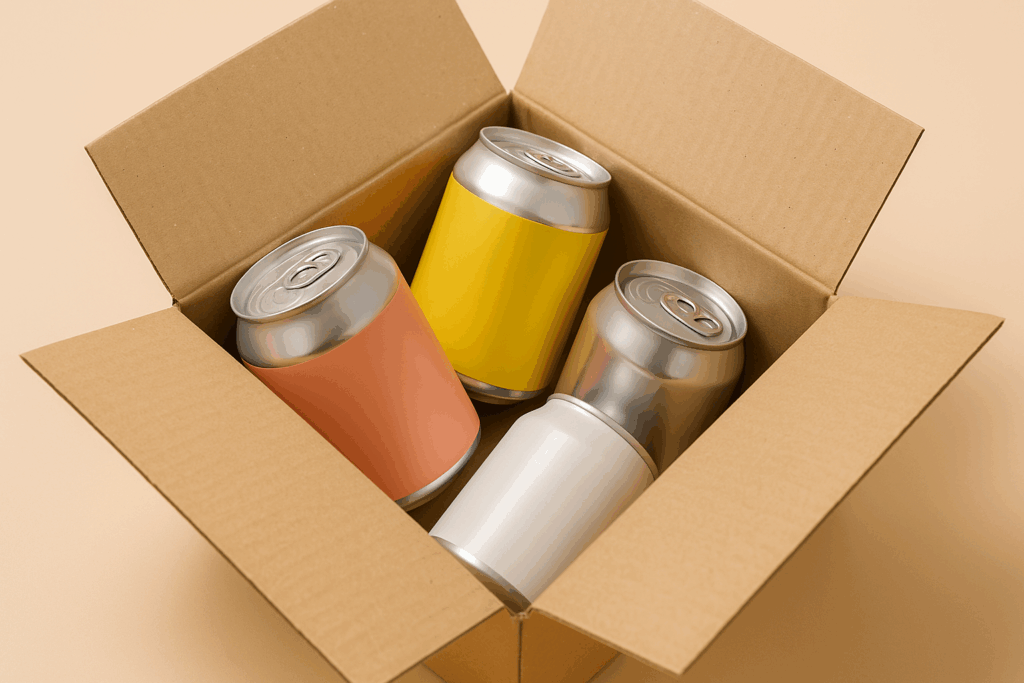When was the last time you bought a new food or beverage product simply because the packaging caught your eye. Chances are, it wasn’t too long ago.
Packaging doesn’t just protect a product but it also speaks for the brand before a consumer even has the chance to taste or try what’s inside.
In the Food & Beverage industry, where dozens of similar products often compete for attention on the same shelf, creative packaging design can make or break a purchase decision.
In this blog, you’ll learn how packaging design becomes a powerful marketing tool, one that doesn’t just sell products but also communicates values and strengthens consumer connection.
Elements of Effective Packaging
Effective food and beverage packaging goes beyond aesthetics but it should also reflect brand identity, signal quality and influence behavior. Let’s learn what are the essentials elements.
Building a Solid Brand Identity Through Packaging
A strong brand identity on packaging comes from alignment between logo, typography, colors, and brand story. For example, a premium chocolate brand might use matte finishes with elegant serif fonts, while an organic juice company might lean on earthy tones, hand-drawn illustrations and minimalist layouts to emphasize health and authenticity.
Designing Eye-Catching Packaging
Visual differentiation is important to make your product stand out. The design should balance familiarity with a unique twist something that will makes consumers pause.
Here are strategies F&B brands often use to capture consumers attention:
- Bold Color Contrasts: Use bright accents paired with muted backgrounds that can signal freshness or innovation.
- Distinctive Shapes or Structures: Choose a design that will become iconic like the Pringles’ cylindrical can.
- Minimalism Done Right: Use a simple design that is clean and uncluttered to convey premium quality and transparency.
- Interactive Elements: Put interactive elements such as QR codes on packaging which leads to sourcing stories or AR experiences that will create engagement beyond the shelf.
Highlighting Health, Sustainability and Trust Factors
Packaging is an excellent area to communicate what your brand stands for. Buyers who are health-conscious look for nutritional benefits labeled clearly such as “low sugar,” “organic,” or “high protein.”
Consumers who are eco-conscious look for recyclable icons, biodegradable packaging or sustainability certificates. Transparency promotes trust, therefore be honest and avoid being vague, as this will alienate informed consumers.
For example, brands like Oatly prioritizes sustainability not only in words, but also by showing it through the usage of recyclable boxes and conversational content. Their packaging even states, “We’re transparent, quirky and eco-friendly.”
By demonstrating honest and truthful branding through packaging, you can build trust and make customers enjoy your brand. According to LimePack, effective design choices can highlight transparency, trust, and authenticity which are the key factors that influence purchase decisions.
Choosing Materials That Reflect Brand Values
Material selection is no longer about durability but it also serves as a statement about your brand’s values. In the food and beverage industry, packaging material influences consumer perception, sustainability goals and even pricing strategy.
Consider the following approaches when choosing packaging materials:
- Recyclable or Compostable Materials: Ideal for environmentally conscious brands who want to live up to their sustainability pledges.
- Premium Finishes (matte, metallic, embossed): Packaging should convey luxury, contributing to a premium perception that supports higher price points.
- Lightweight Packaging: Helps to cut delivery costs while appealing to brands who value affordability.
Crafting the Right Copy for Your Packaging
Copy on packaging must work hard in a small space and it should give clarity, persuasion, and compliance all at once.
Effective packaging copywriting strikes a combination between practical information like ingredients, nutritional facts, usage instructions and brand voice.
Strong copy not only communicates what’s inside but also conveys why a consumer should care. Done right, it elevates your product from a commodity to an experience.
Real-World Examples of Food & Beverage Packaging
Looking at successful packaging in action helps translate theory into practice. Here are three F&B brands that stand out:
- Innocent Smoothies (UK): Their engaging content and clear design convey a friendly, approachable brand identity while ensuring health transparency.
- RXBAR (US): RXBAR’s bold typography, which lists important ingredients first, creates a simple visual identity that cuts through the clutter in congested aisles.
- Tony’s Chocolonely (Netherlands): Their brightly colored wrappers, unconventional block design and strong messaging about ethical sourcing set them apart as both bold and mission-driven.
Turn Packaging Into a Sales Driver
Packaging is a silent salesperson, a trust builder, and a brand storyteller and more than just a protective layer.
By carefully integrating graphics, language, materials, and messaging, you can create packaging for product branding that not only stands out but also resonates with customers.
Are you ready to transform your packaging into an effective marketing tool? Contact MAVRK Studio today and let us create packaging that sells your story as well as your products.





